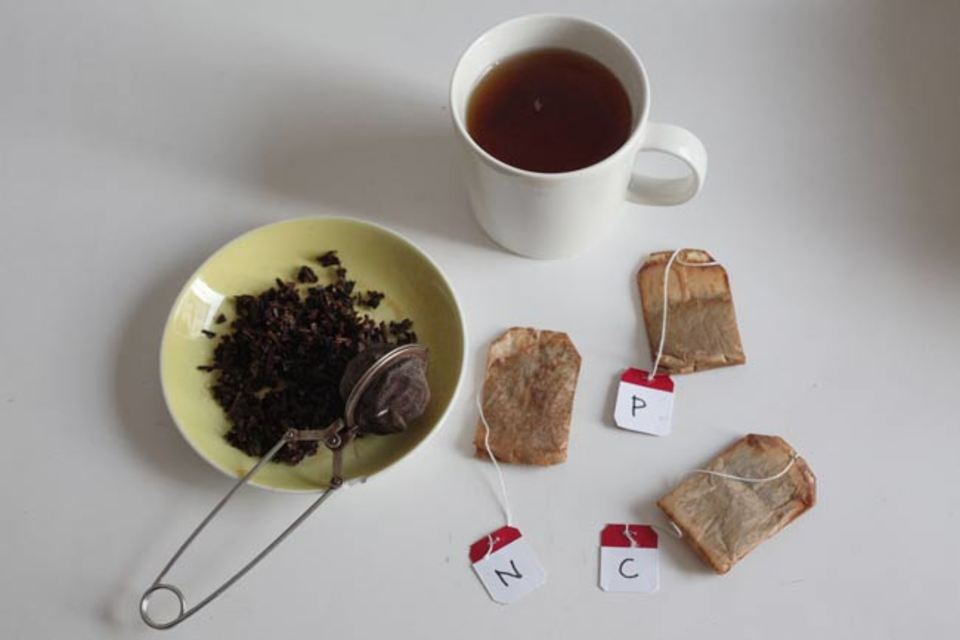
I have almost finished my ”touring” inside the HENVI Multidom project.
In January I have met:
11.1.2012 Professor Sakari Kuikka & PhD Mikael Rahikainen (FEM) in charge of the probabilistic analysis and modeling
20.1.2012 Professor Harri Kuosa (SYKE) who leads the water quality research
24.1.2012 Professor Kari Hyytiäinen & Janne Helin (MTT) who develop socio-economic modeling
27.1.2012 PhD Helena Soinne (MTT) in charge of the research related to soil management and chemistry
I still need to go to Viikki this Friday to see Professor Ilmo Massa leading the environmental history section of the Multidom project.
Roughly the research might be divided in two parts:
1. The virtual modeling work which relies mostly on existing data gathered from case-study areas.
2. The “basic” natural scientific research about effects of DOM on water quality and in soils.
The virtual models when ready will give direct information for the society about costs and effects of reducing DOM loads. The natural sciences will add to our understanding about what really happens out there in the soils, rivers and finally in the Baltic Sea.
I have learnt a lot about different research methods and understood that in multidisciplinary projects the researchers are not necessarily investigating exactly the same thing. For example there is no simple way to define, what actually is the subject of the research: what is considered as dissolved organic matter? Since this seems to vary according to the methods used and the area chosen for the case studies, it makes the co-operation between the researchers difficult, not to mention how to integrate an artist in the whole.
In my attempt to create an overview of the DOM project I have ended up with a simplified scheme: my tea-bag theory of Multidom (see the attached image).
If all this was about to gain knowledge about different tea sorts we could say that:
- to start with we need to know how and what is dissolved from a tea bag to the drink itself? And what remains inside the filter once the tea is ready?
- then we can evaluate the color and the taste of one tea sort – or try out different blends in order to understand how they interact.
- finally in order to make our tea business economically profitable we need to make virtual models of the process in order to make better decisions and actions in the future.
And last but not least: In addition to tea and some salt, the soup we call The Baltic Sea contains also many other ingredients. Thus we need to know what kind of role our tea blends play in the big picture of enjoying the delicious mixture?
Well, I guess this was exactly what we were NOT to do – go and popularize the research. Tuula, now you need to seriously reconsider your approach!

